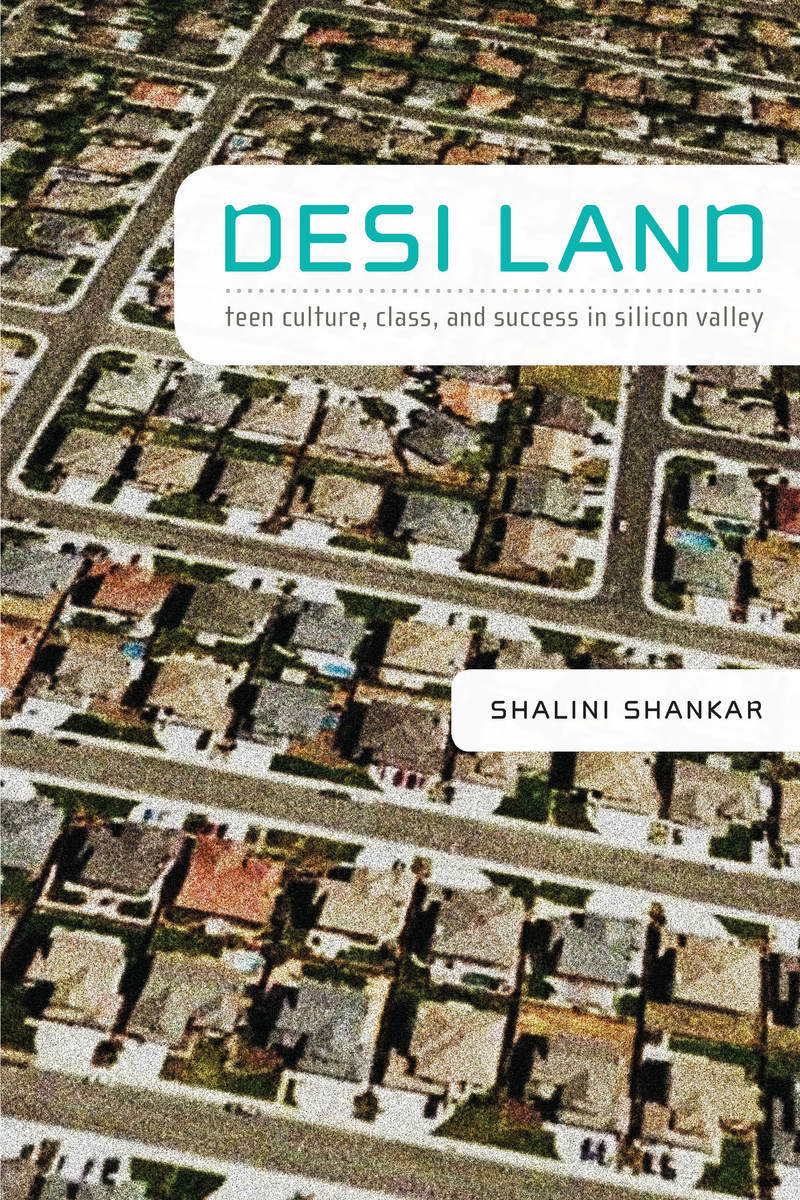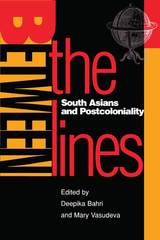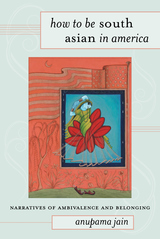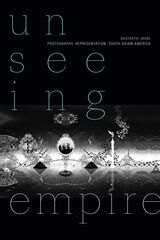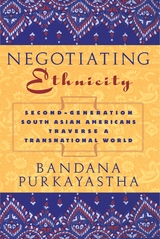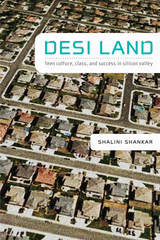Paper: 978-0-8223-4315-8 | eISBN: 978-0-8223-8923-1 | Cloth: 978-0-8223-4300-4
Library of Congress Classification E184.S69S55 2008
Dewey Decimal Classification 305.235089914079
Whether discussing instant messaging or arranged marriages, Desi bling or the pressures of the model minority myth, Shankar foregrounds the teens’ voices, perspectives, and stories. She investigates how Desi teens interact with dialogue and songs from Bollywood films as well as how they use their heritage language in ways that inform local meanings of ethnicity while they also connect to a broader South Asian diasporic consciousness. She analyzes how teens negotiate rules about dating and reconcile them with their longer-term desire to become adult members of their communities. In Desi Land Shankar not only shows how Desi teens of different socioeconomic backgrounds are differently able to succeed in Silicon Valley schools and economies but also how such variance affects meanings of race, class, and community for South Asian Americans.
See other books on: Class | Ethnicity | Secondary | Subculture | Success
See other titles from Duke University Press
